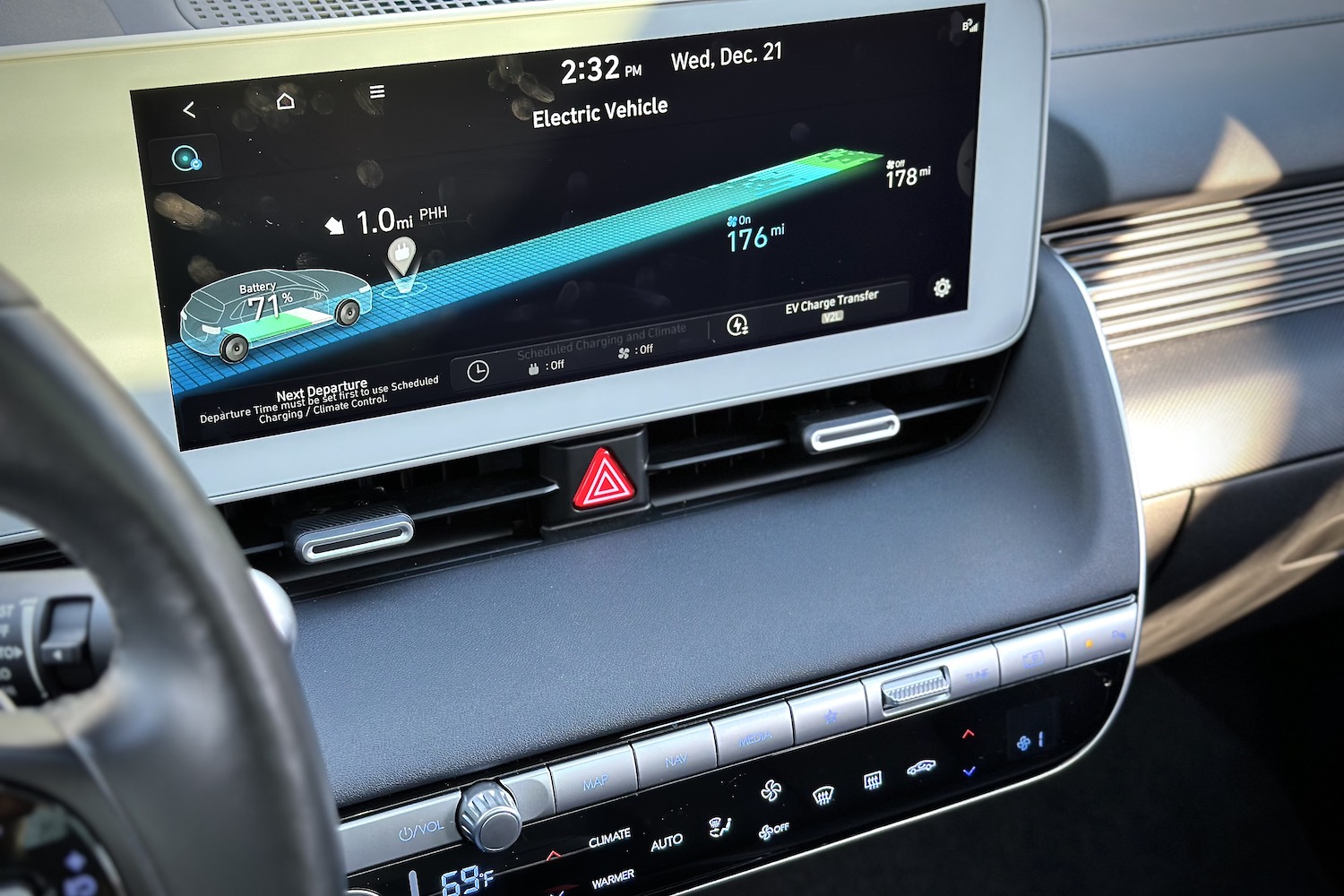
EVs certainly have all of the hype in the car industry right now, but their adoption has been hampered by one major issue: public charging. Where do I charge ? How fast can I charge? And how much will it cost? Going through those mental hurdles will keep folks away from making the switch to an EV — even if the reality is that it’s not as complicated as it seems.
To help accelerate the EV transition, and more importantly provide the necessary infrastructure for anyone who already has an EV, a consortium of automakers has announced a massive investment in EV chargers in North America . The group of seven major companies — BMW, General Motors, Honda, Hyundai, Kia, Mercedes-Benz, and Stellantis — is investing collectively in installing a whopping 30,000 EV chargers along major highways and in urban areas.
The new chargers will start to come online just a year from now — in summer 2024 — and will crucially be available to all EVs, not just those from the group. They’re going to be fast chargers, and include both the CCS and NACS connector for broad compatibility — the latter being particularly important as it’s the connector used by Tesla, ( several other carmakers have recently announced plans to use it as well ).
This will nearly double the number of available fast chargers, and it’s desperately needed.
This won’t just be a few random chargers scattered around in undesirable locations, either. If the group’s press release is to be believed, they’re picking strategic locations based on where people are most likely to need to charge along their route and prioritizing those for the first builds. Beyond that, these locations will have several chargers together, and in many cases include amenities like canopy coverings for shade, restrooms, food, and stores. We take those things for granted at gas stations, but EV chargers rarely have these sort of basic facilities available.
If 30,000 chargers seems like a lot, it’s because it is . It’s estimated there are little more than that number available in the U.S. today, and even after doubling to over 60,000, we’ll still be well short of the number we need for anticipated EV adoption in the future. This is a massive step in the right direction, and it’s the kind of growth in charging stations that only a partnership between several companies could make happen. There’s no reason to have company-exclusive chargers, and I’m happy we’re moving ijn this direction so early in the adoption curve of EVs.



